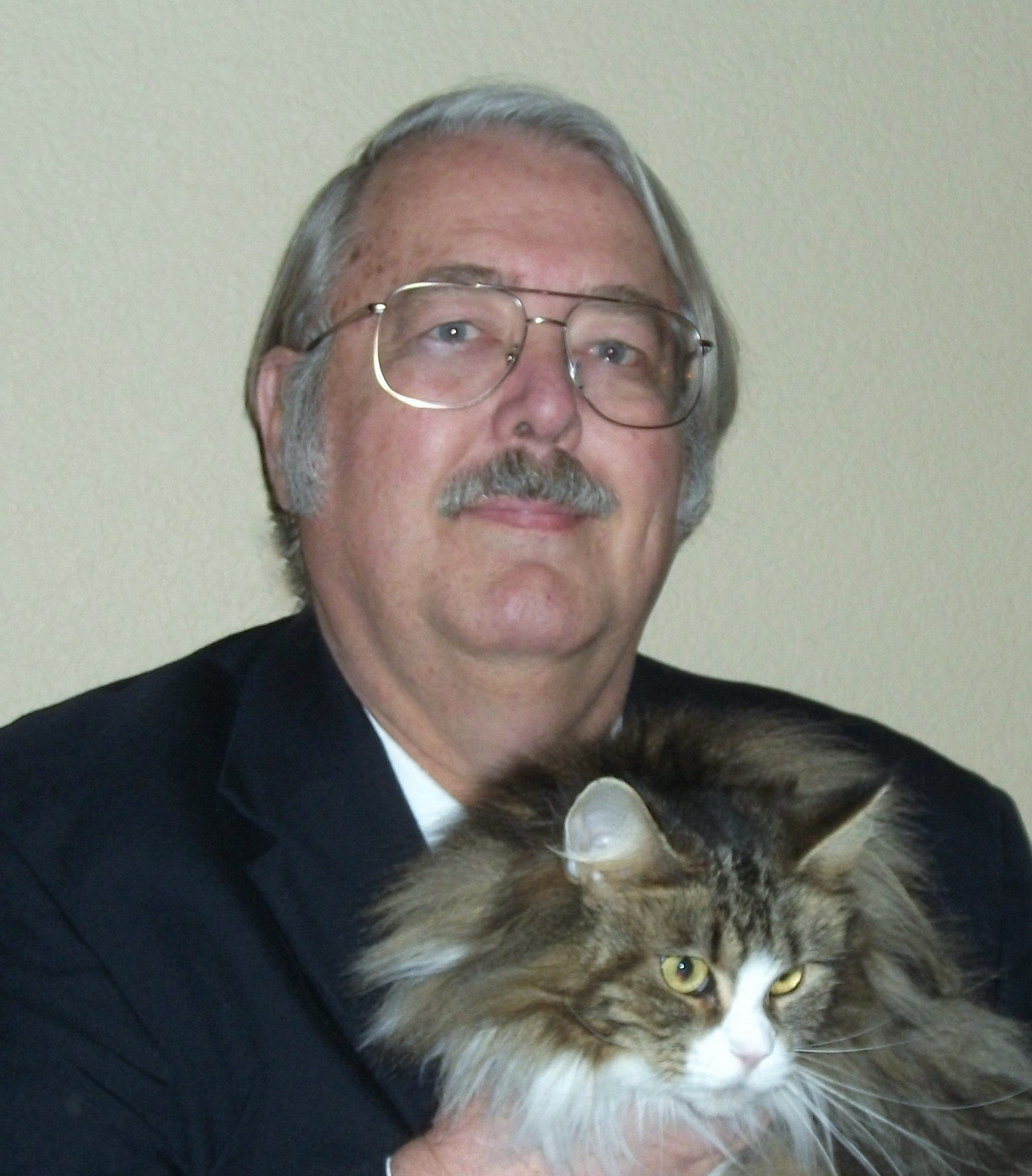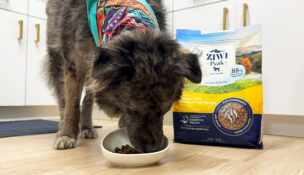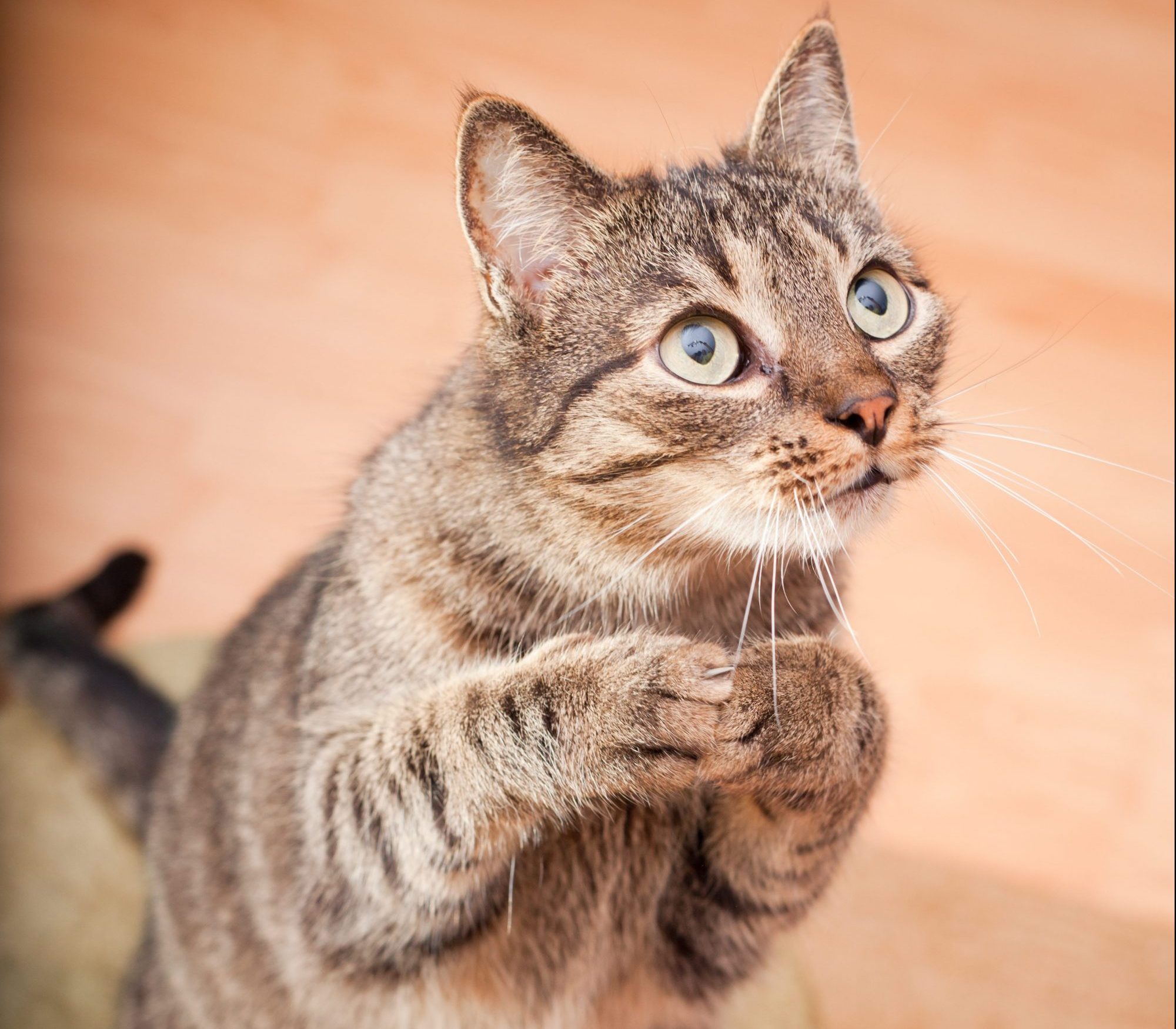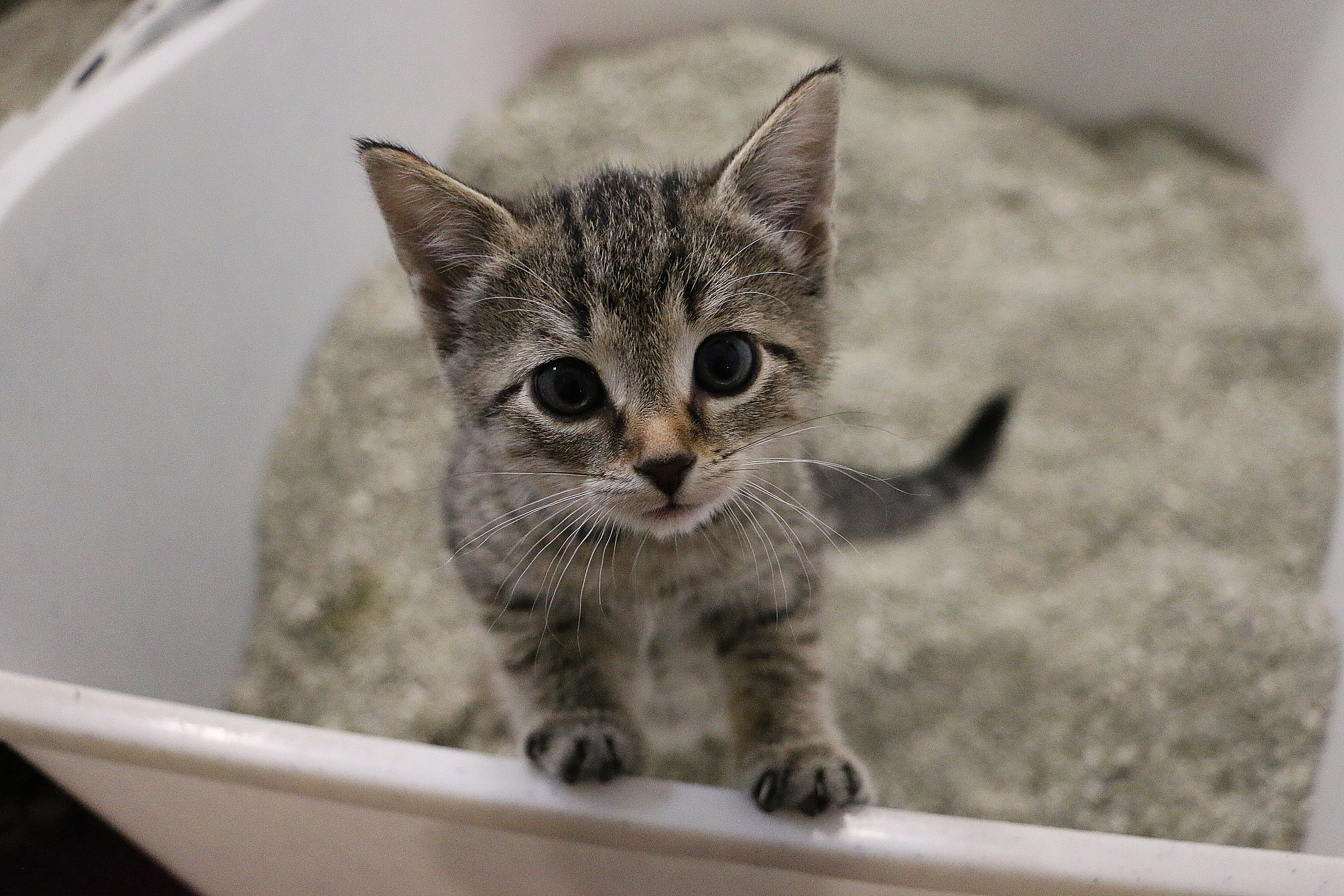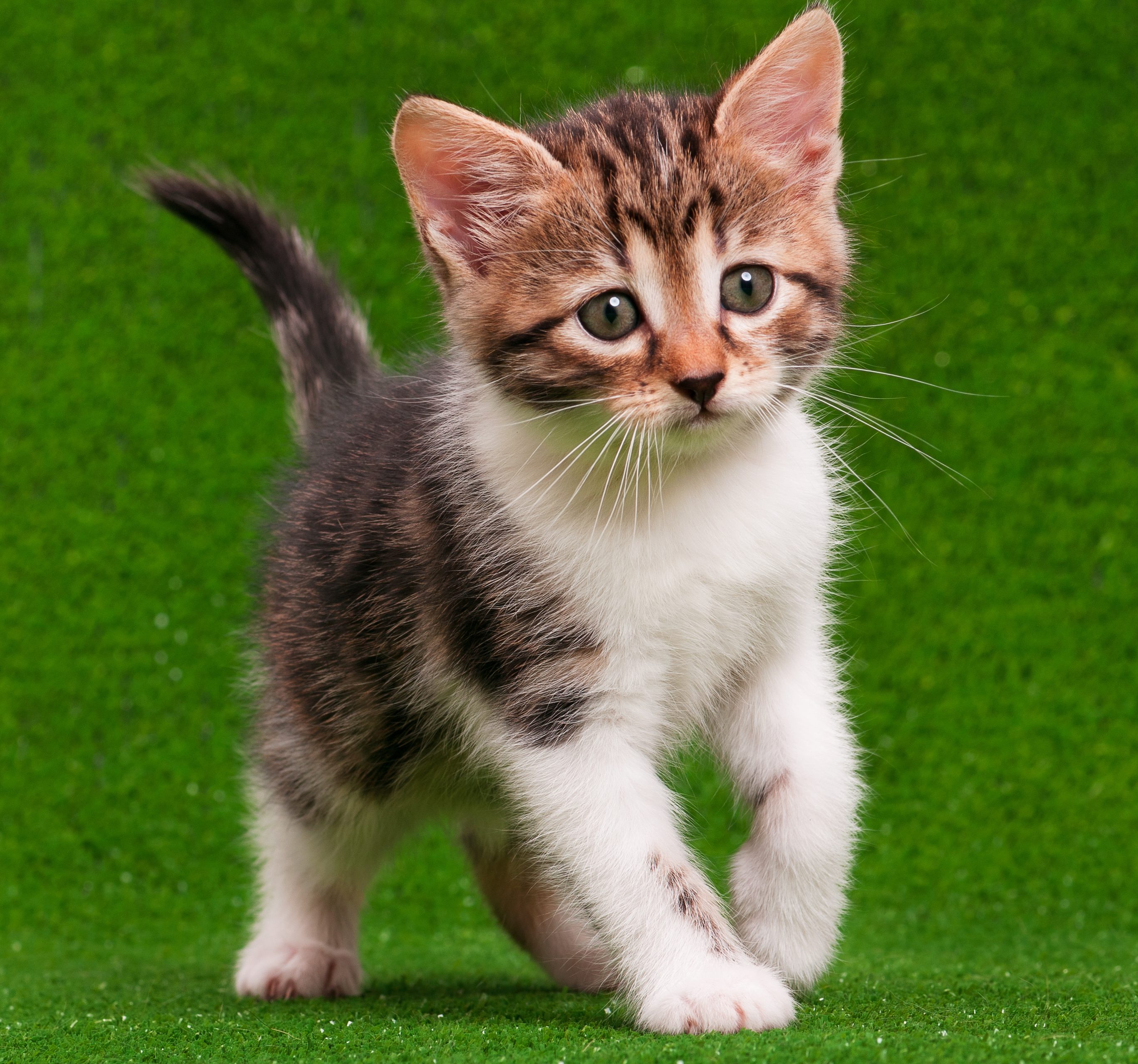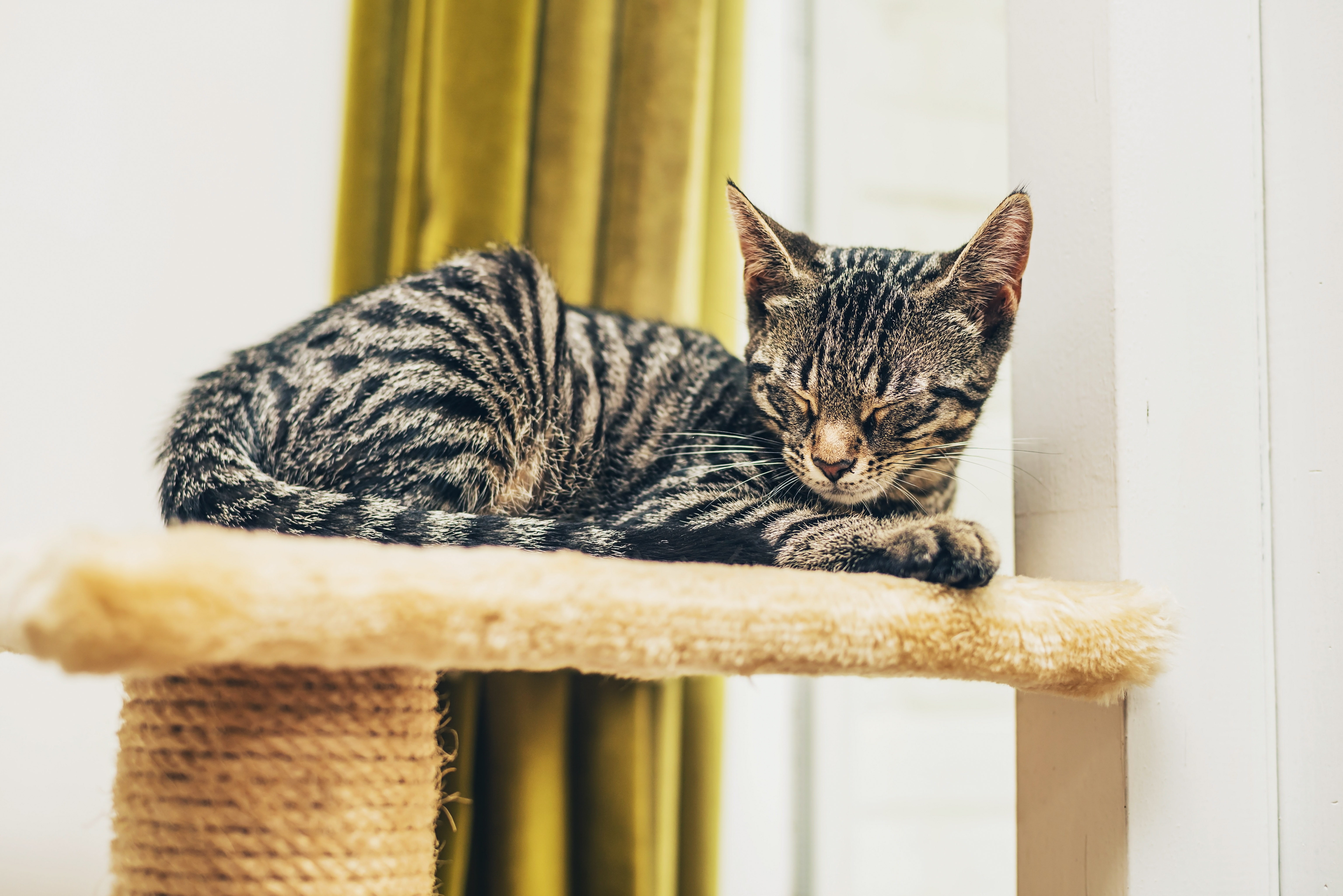Humanizing Cats: From Barnyard to Bedroom
Colleen Murphy //April 6, 2017//
George Eigenhauser knows cats. He is director at large of The Cat Fanciers’ Association (CFA), a nonprofit organization that has the largest registry of pedigreed cats in the world, and a board member with Winn Foundation, which strives to enhance the relationship between cats and humans by fostering improvements in feline health through research and education.
With both groups, Eigenhauser looks to ensure that cats continue to receive the care, recognition and respect they deserve.
Q: What have you found to be the most fascinating changes within the cat world in recent years?
A: The journey of cats from the barnyard to the backyard to the bedroom was due in large part to the availability of new cat products and services. For millennia, cats have been the guardians of civilizations’ barns and granaries. Whether humans domesticated cats or cats domesticated themselves, they retained much of their reputation as “wild animals.” It was said that no one could own a cat and the law often treated them as undomesticated.
Veterinary advances also helped cats become part of the family. Unaltered (sexually intact) cats may have unwanted behaviors. Altered cats may make better companions. Spayed or neutered cats are less aggressive and more affectionate. Those still allowed outdoors are less likely to roam.
Q: The number of people who own cats continues to increase. Why do you think this is?
A: America is becoming more urban and less rural. Cats adapt well to indoor living in apartments, condos and other urban dwellings. Cats are friendly, playful, but low maintenance. Cats don’t bark and don’t need to be taken out for walks. Cats are very adaptable to the needs of their humans. They are independent and can interact with their owners or get along quite happily entertaining themselves. They get along with people without the level of interaction dogs demand.
As more cats live in bedrooms, rather than backyards, people have become more bonded with their cats. Many people now consider their cats to be members of the family. While people still spend more money on their dogs than cats, that gap has been narrowing in recent years.
Q: What do you think this increase in cat ownership will mean for pet retailers and manufacturers?
A: As more people keep their cats indoors, cats live longer and healthier lives. People want and need cat products geared toward different life stages. Cat food used to be a handful of national brands on grocery store shelves. Specialty cat foods now come in seemingly endless varieties. Millennials, in particular, value cat products that reinforce their personal or social values. Indoor cats appreciate more enrichment in their environment. They need cat trees, beds, grooming products, healthcare products and, of course, cat toys.
